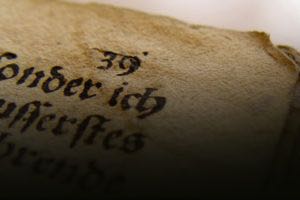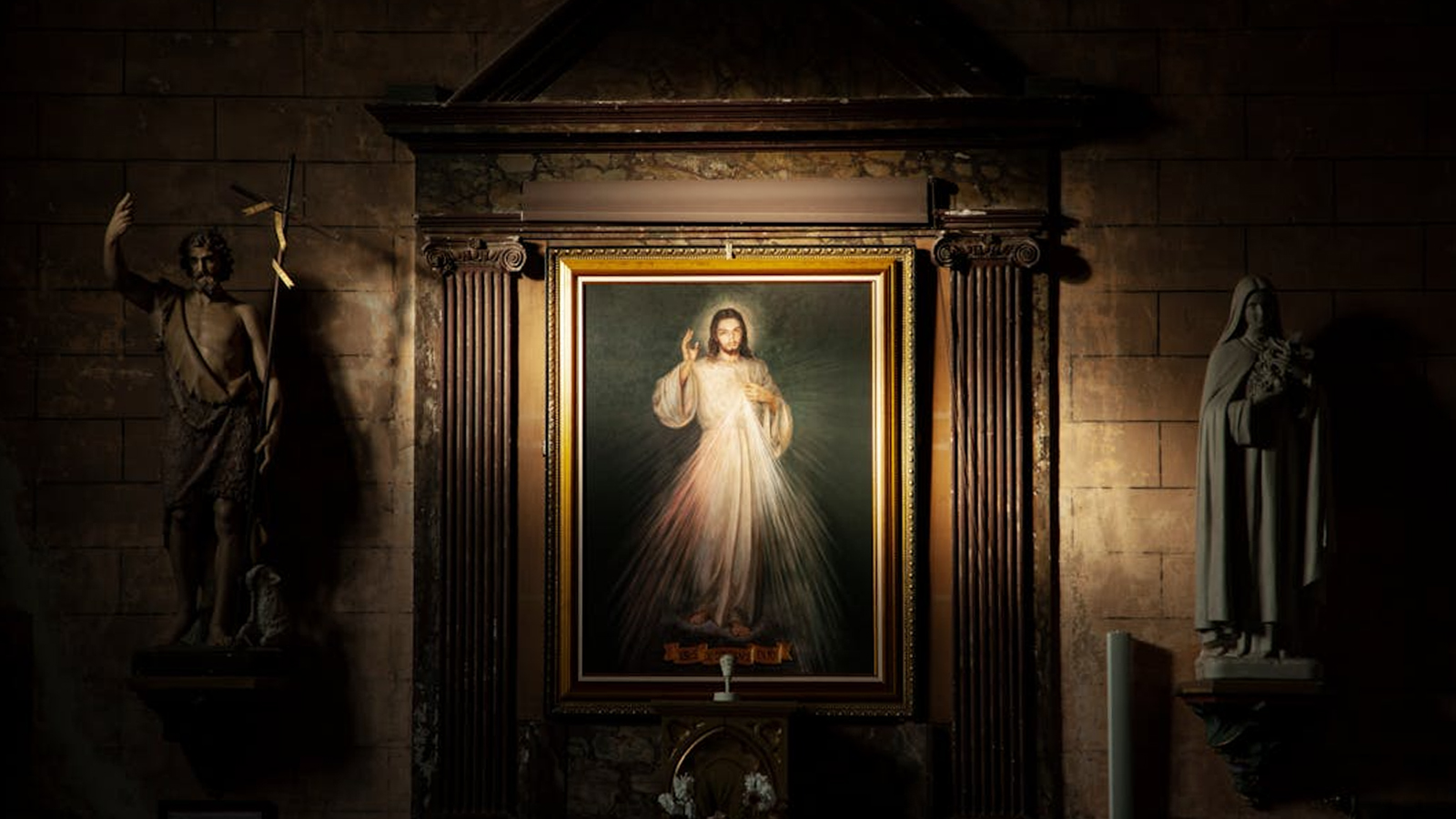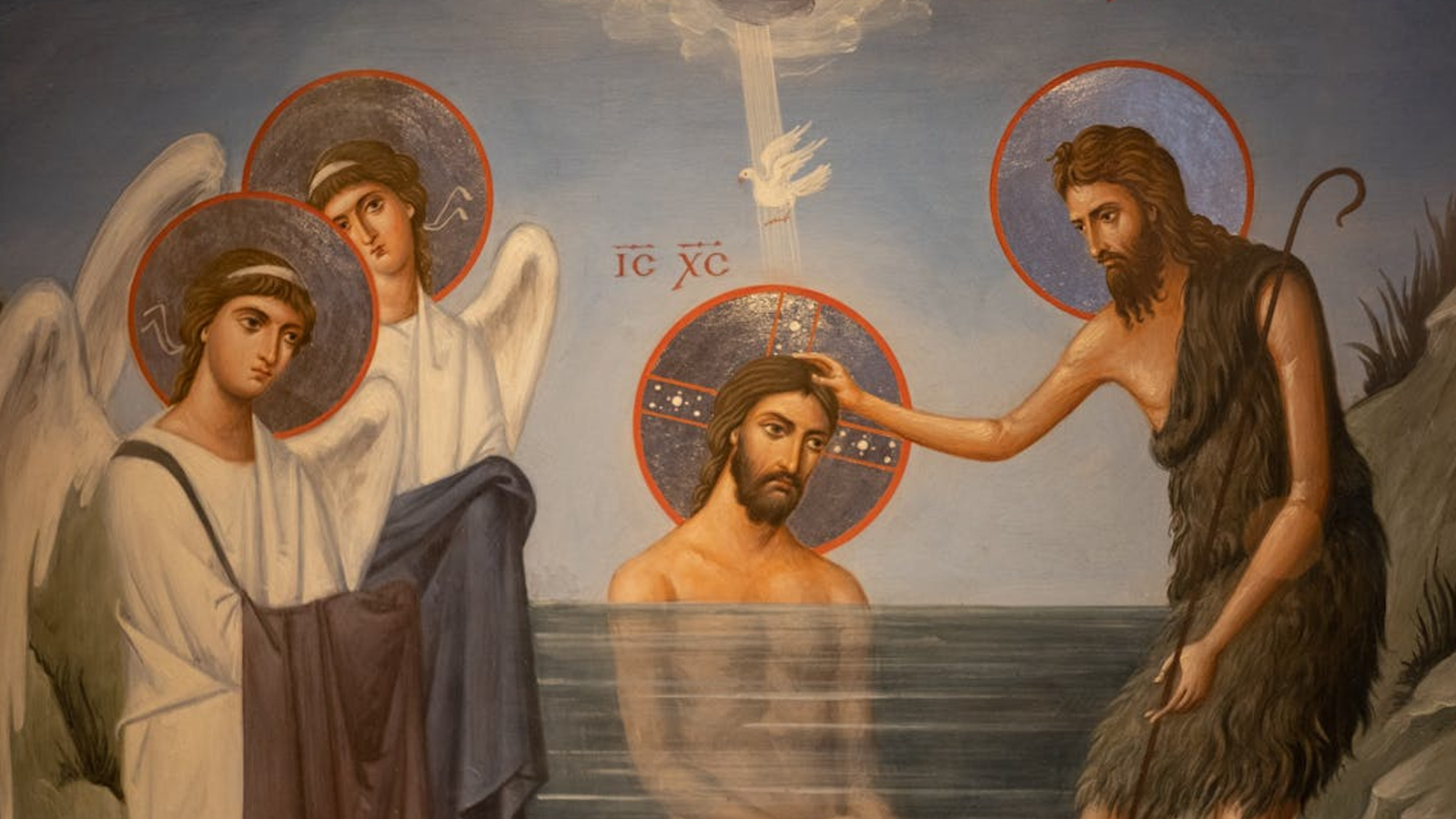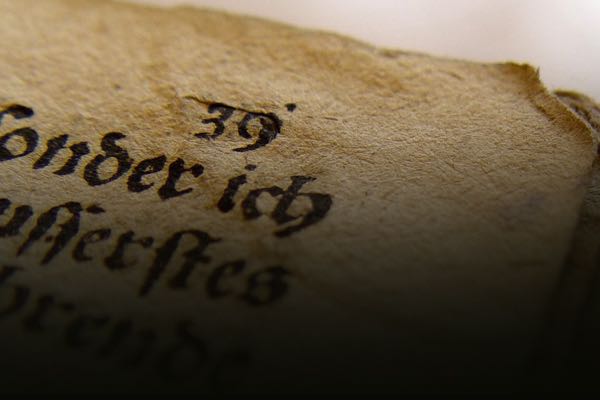
The Apocryphon of John (120-180AD)
The Apocryphon of John is a Sethian Gnostic text (Sethians were named for their reverent adoration of the Seth, the son of Adam and Eve, who they described as a divine incarnation and the ancestor of a superior race of humans). Like others Sethian texts, it was first discovered as part of the Nag Hammadi Library collection in Egypt in 1945. Three copies were discovered at that time, and another copy was later discovered in Egypt. All of these copies date to the 4th century, but scholars place the writing of the text in the 2nd century. The Apocryphon of John describes an appearance of Jesus to the Apostle John (after Jesus’ ascension) in which Jesus provides John with secret knowledge, much like other narratives in the tradition of Gnosticism.
Why Isn’t It Considered Reliable?
The early Church leader, Irenaeus refers to The Apocryphon of John in his defense of the faith entitled “Against Heresies” (written in approximately 185AD). From a very early date, this book was identified as a Sethian Gnostic fabrication and late document with no Apostolic eyewitness connection to the Apostle John. As Irenaeus wrote, the text was one of “an indescribable number of secret and illegitimate writings, which they themselves have forged, to bewilder the minds of foolish people, who are ignorant of the true scriptures.”
How Does It Corroborate the Life of Jesus?
The Apocryphon of John presumes the life, death, resurrection and ascension of Jesus. It also affirms John was the brother of James and the son of Zebedee, and an important disciple of Jesus (who is described as a Nazarene). Jesus is also given the title “Savior” (although the meaning of this term is different in Sethianism).
Where (and Why) Does It Differ from the Reliable Accounts?
The Apocryphon of John is concerned primarily with an account of the creation of the world. The text was discovered in the Nag Hammadi library as the first document in a series of Sethian Gnostic texts and it includes the most detailed Sethian creation mythology. The role and position of Jesus in the Godhead is very different from orthodox canonical descriptions as a result of the presuppositions of Sethians who wrote this text. Sethian believers appear to have accepted the historicity of Jesus but attempted to place Him within their preconceived Sethian beliefs.
This ancient non-canonical text, although attributed to the same man who wrote a reliable Gospel account, is a late fictional narrative. When examined under the template we typically use to determine eyewitness reliability, it simply fails the test. The four canonical Gospels (Mark, Matthew, Luke and John) are still the earliest reliable record of Jesus, written within the lifetimes of the eyewitnesses who knew Jesus personally.

J. Warner Wallace is a Dateline featured Cold-Case Detective, Senior Fellow at the Colson Center for Christian Worldview, Adj. Professor of Christian Apologetics at Talbot School of Theology, Biola University, author of Cold-Case Christianity, God’s Crime Scene, and Forensic Faith, and creator of the Case Makers Academy for kids.
Subscribe to J. Warner’s Daily Email





















